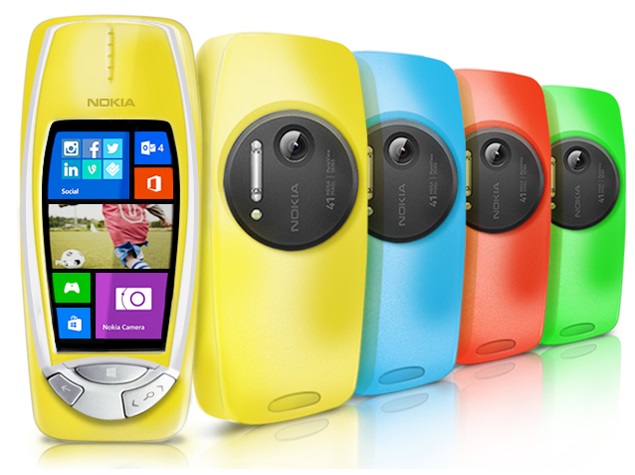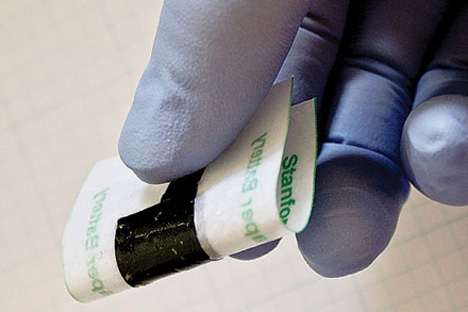After yesterday’s Windows 10 unveiling Microsoft took the time to talk about its device strategy for the foreseeable future.
Talking to Re/code’s Ina Fried, Terry Myerson said Microsoft has seen great success with their strategy of giving Windows away for devices smaller than 9 inches. This strategy was revealed early this year at



























